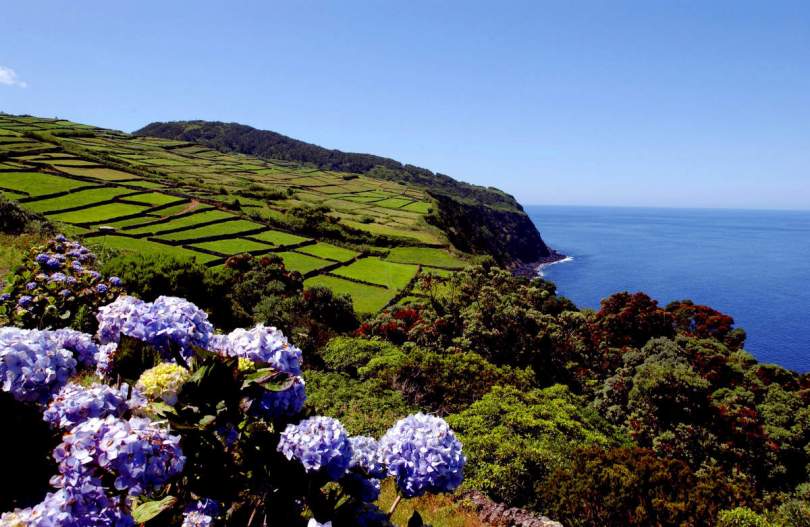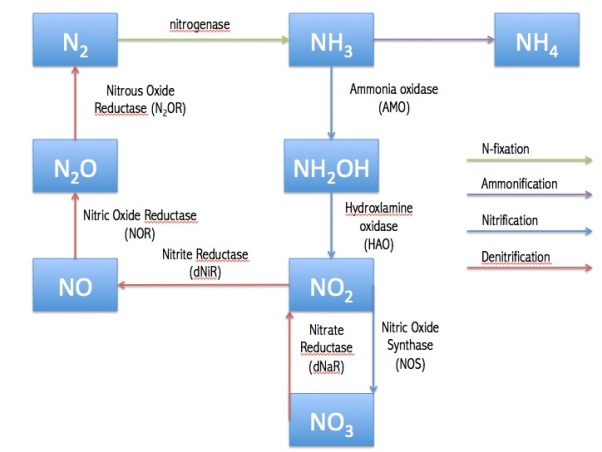In the Northup lab, I study microbiology in cave environments. My project is on nutrient cycling within a few New Mexican caves. Caves offer a great laboratory to study bacteria without the influences of the elements, such as solar radiation and wind erosion. Inside caves, bacteria can live off of limited nutrients found on the cave walls or floor. We know bacteria help facilitate the break down of dead organisms, but in caves some bacteria can break down rock and promote cave enlargement.
Let me take a step back—way back. Bacteria have dominated Earth since life first evolved between 3.5-4 bya. They were alone for 3 billion years until multicellular life evolves 3 billion years later (2.1 bya). Just to add perspective, Homo sapiens evolved 0.2 mya. Bacteria are the most diverse domain of life and can be found almost every possible place on Earth, such as deep-sea thermal vents and clouds. The study of this microbial diversity and how they interact with the environment is called microbial ecology.
Today the Northup lab is interested in metagenomics of caves, which is a tool to capture the entire microbial community’s genetic material from environmental samples. Jason Kimble and Ara Kooser both study nitrogen fixation genes among the communities, including the nifH and amoA genes. My research hasn’t moved to metagenomics yet, I’m still looking at the presence of enzymes responsible for decomposition. But with their shit-load of data, I can possibly mine to look for genes responsible for making the enzymes I’m interested in.



